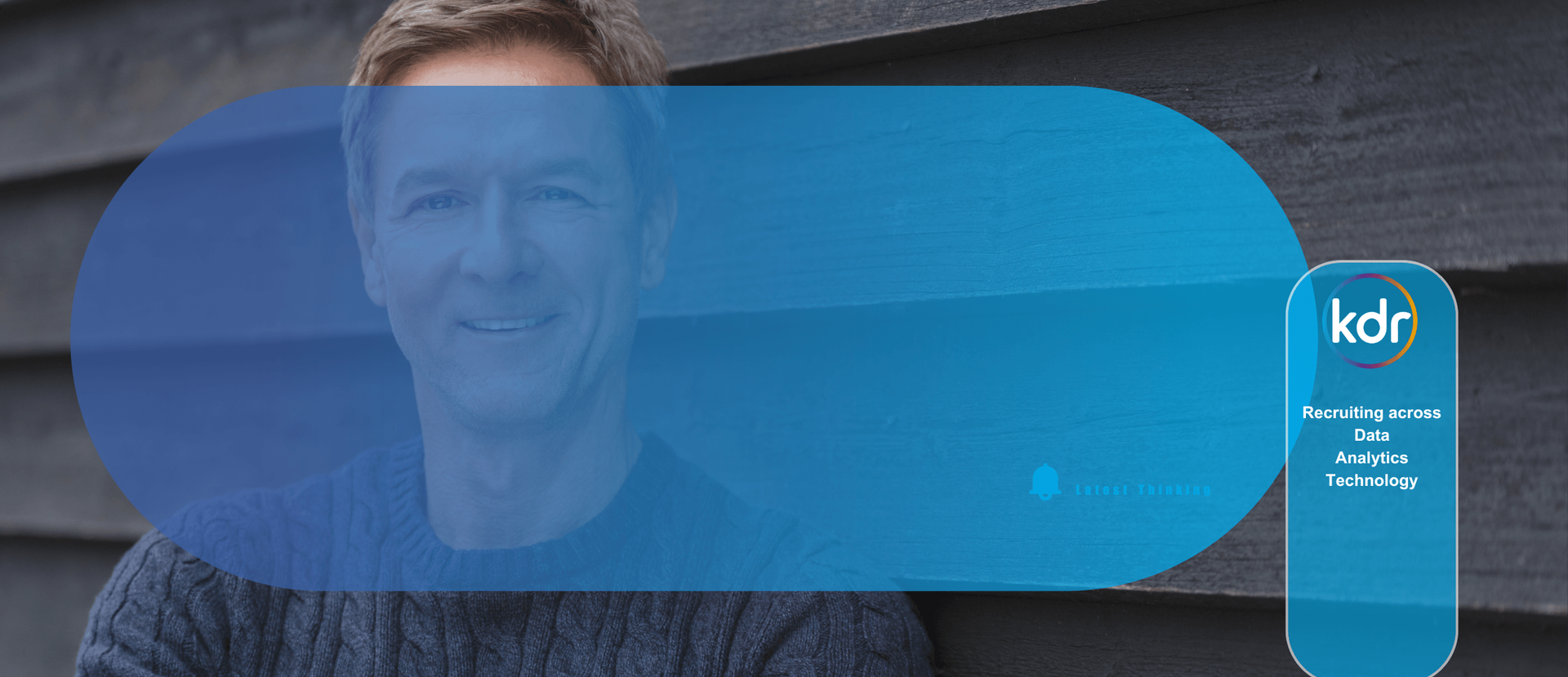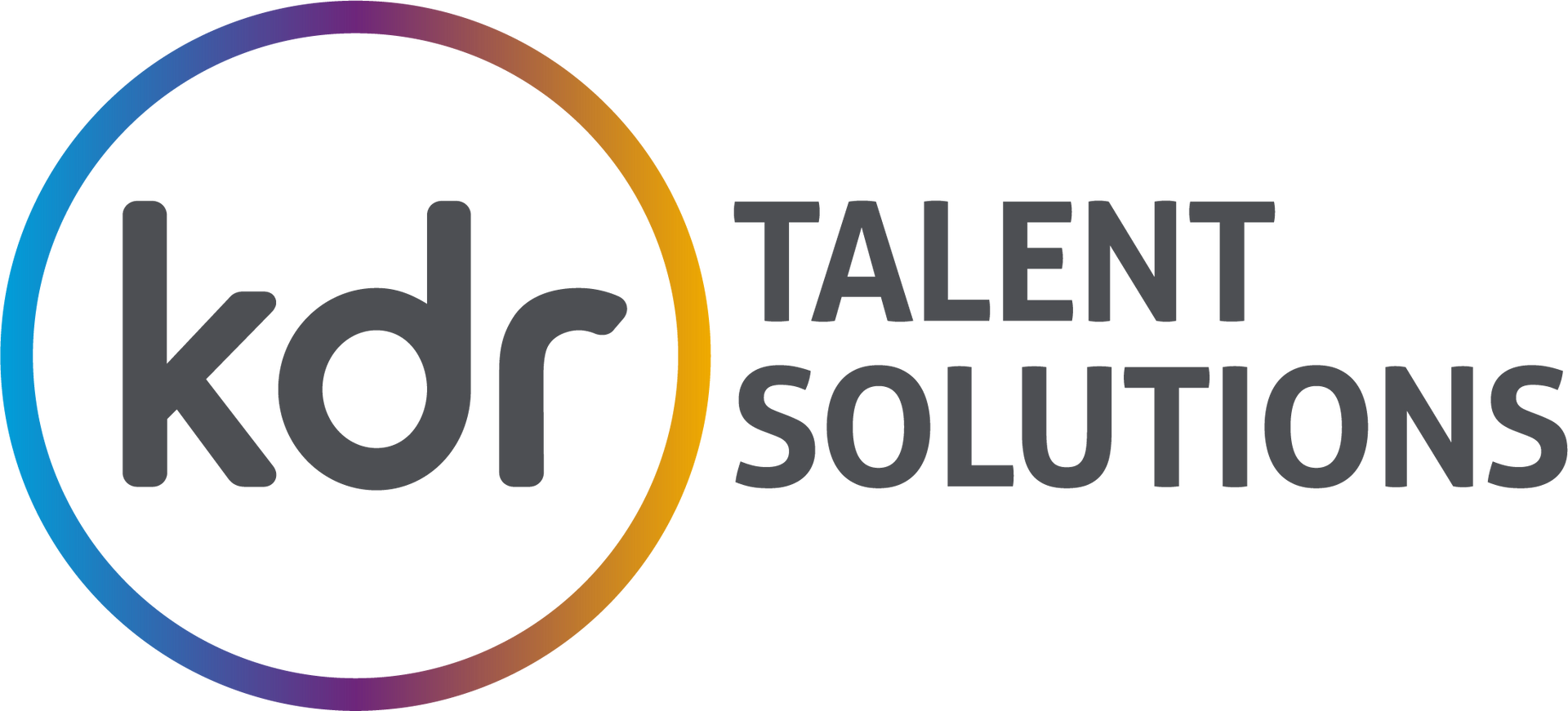How Data Usage has Changed since 2015
It’s interesting to join the dots backwards....

It’s interesting to join the dots backwards when you collect data over a long period of time. We wanted to compare how data usage and challenges had shifted over the last decade. So, we dug out previous surveys and taking the main trackable data points this is what we discovered.
Since 2015 respondent businesses have improved their data usage significantly. The data has moved from 71% rating their organisations' data usage as average or poor to 36% in the latest report in 2024. In earlier surveys there was a general sentiment of disillusionment in effectively using data, business buy in was harder to secure and senior stakeholders didn’t always understand the full value of what data could bring.
Fast forward to 2024, as mentioned, the data usage figure significantly improved with 36% of respondents rating their data usage as average or poor. This suggests a shift towards better integration of data into business strategies. The shifts in the wider market contributing to this improvement have seen the data community moving towards education and storytelling, better governance and of course technology.
We wanted to compare how the barriers to successful data usage have shifted or stayed the same over the years.
When questioned in 2015, respondents believed that the major barriers included data quality, ineffective governance, and a lack of skills within their organisations. In 2024, while barriers such as data governance and skill shortages remain critical issues, there is now a growing focus on AI and data strategy as emerging or growing challenges.
Turning to leadership skills, had the skill requirements of data leaders changed over the last 10 years?
Back in 2015, skills such as listening, questioning, and influencing were highlighted as essential for data leaders. In 2024 there was a rise in respondents focusing on the importance of long-term vision in leadership. We speculate that the landscape of change that data functions are operating within, whether that’s economic, political, technology based or legislative means that the community feel the importance of long-term vision is more valid now than in previous years.
The data quality piece was interesting and shows a significant shift in approaches.
In early surveys organisations were primarily focused on reactive measures to improve data quality; for example, data cleansing was the main way respondents felt that data quality could be improved. These days the approach has shifted towards proactive strategies that emphasise clear definitions of data needs and engaging users in understanding data quality. In other words, education programmes and prevention has overtaken mop up activities.
How is data being used?
In 2015, organisations primarily used data to understand profitability and sales costs. In 2024, there has been a shift towards using data to understand customer behaviour and identify growth opportunities, reflecting a more customer-centric approach.
What the data shows is that from 2015 to 2024 there has been a notable improvement in data usage and the strategic importance of data within organisations. Whilst challenges persist, particularly regarding quality, skills and governance, there is a clear trend towards leveraging advanced technologies like AI and adopting a more holistic view of data's role in business growth.
To find out more - download the full State of Data here






